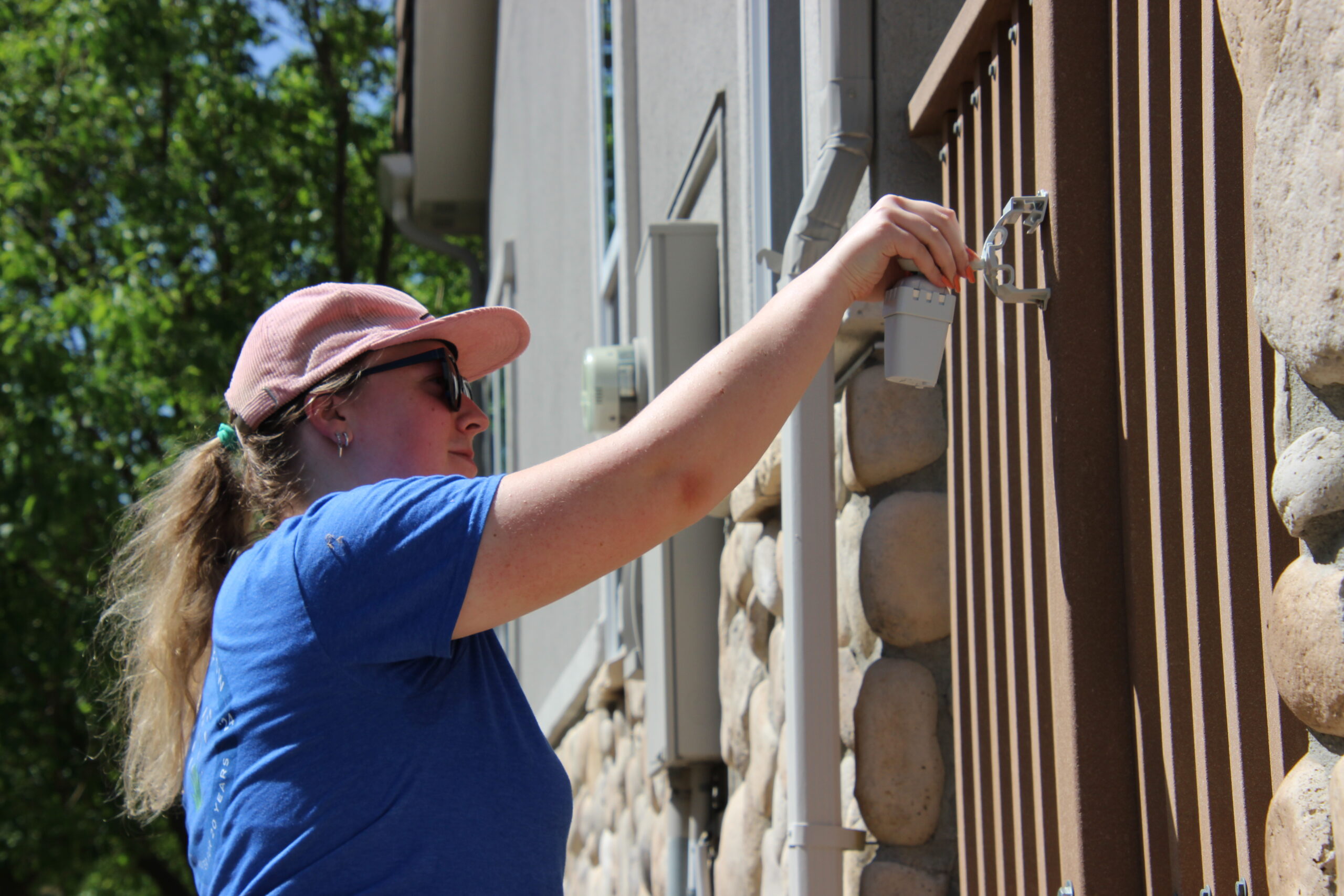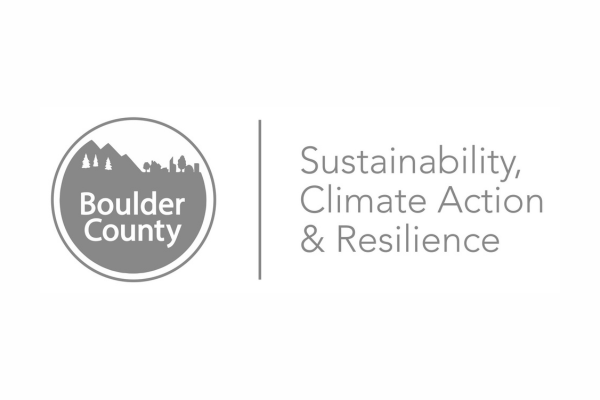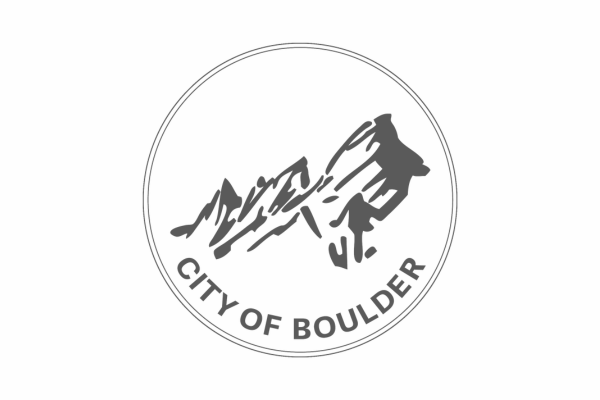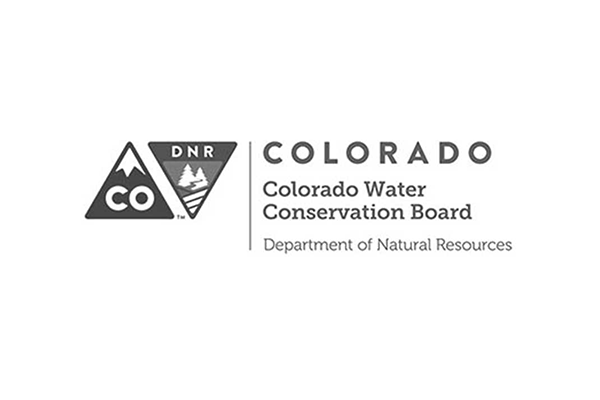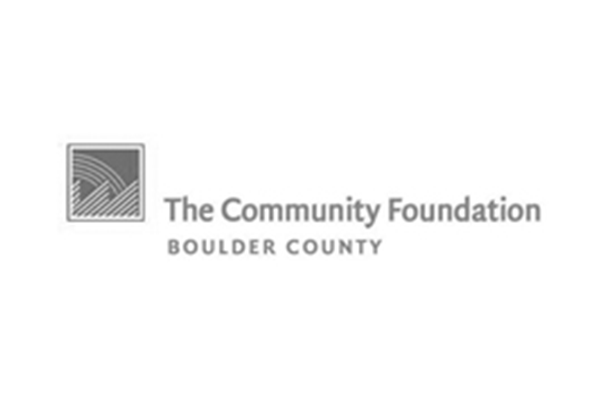Rain sensors are a simple but powerful way to save water and protect your landscape from being overwatered. They automatically pause your sprinklers when it rains, helping you save resources and keep your yard healthy. But like any device, it needs a little attention from time to time to ensure it’s working properly.
Here are a few troubleshooting tips to make sure your rain sensor is working:
If You Have a Wireless Rain Sensor
- Check the battery – Most need to be replaced every 1–2 years.
- Check the range – Wireless sensors need to be within a couple hundred feet of the receiver and your controller clock.
On Your Sprinkler Control Clock
- Make sure the rain sensor feature is set to “active” and not “bypass.”
- Double-check that the receiver is wired into the controller correctly.
- If you use a smart sprinkler controller, some brands require you to enable the rain sensor in the app.
Placement & Visibility
- Make sure you can physically see your sensor and that it isn’t blocked by anything overhead.
- Avoid installing under a roof overhang, tree limbs, or pergolas. The sensor needs direct rainfall to work!
Adjust Settings & Test
- Some models let you set a rainfall threshold. For example, you could see measurements like ⅛”, ¼”, or ½” of rain. Start with the lowest setting ⅛”.
- Do a test run! While your sprinklers are running on manual mode, pour water over the sensor to see if the system shuts off.
Installing A Rain Sensor
Best Three Tips For Rain Sensors
If It’s Still Not Working
Check the product manual for additional troubleshooting steps. If you don’t have a physical copy, search online for your model’s manual.
By making sure your rain sensor is working properly, you’ll save water and lower your utility bills, while keeping your landscape thriving. It’s a small step that makes a big difference in building a more waterwise Colorado.
Want extra help making sure your sprinklers are running efficiently? Resource Central’s Slow the Flow sprinkler evaluations provide expert insights into your system so you can save water and keep your yard healthy. Spots fill quickly each season, so join the 2026 waitlist today and be among the first to know when appointments open.

